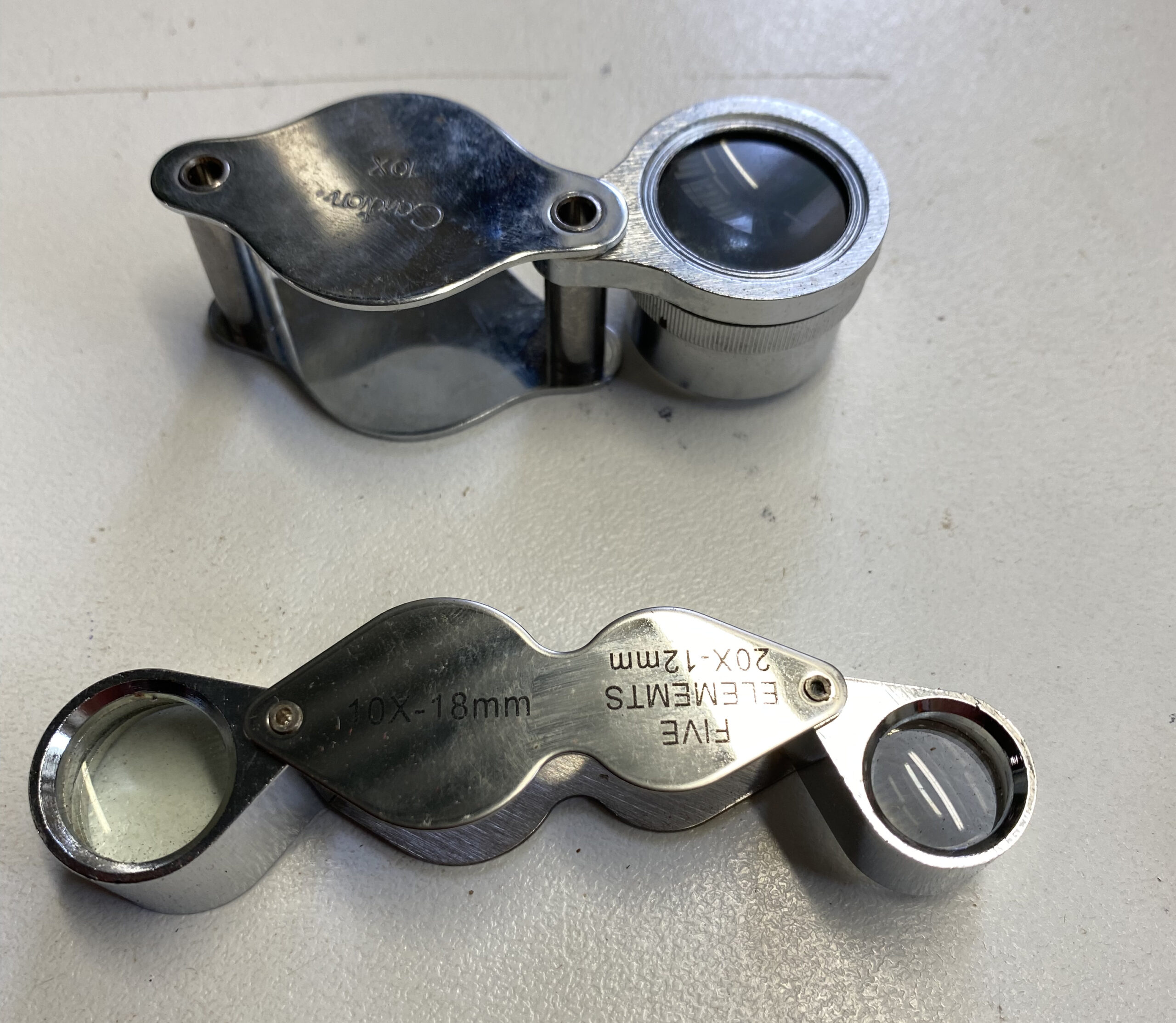As with most problems in life, early intervention is the key to success. Constantly monitoring our crops for pests and noting population density is crucial. If there are sufficient natural predators in the ecosystem then any pests which arise will quickly be eaten and not get out of control. However if there are insufficient natural predator numbers then introduction of predators is necessary.
Predator insects are fussy about their food. They will only prey on a couple of different pest species, some will only prey on one. Therefore accurate identification of the pest is required to determine the correct predator species to control them
Predatory insects are sourced from a breeder who sells them in various stages from eggs to adults. The level of pest infestation will determine the stage and number of predators to purchase.
Once released, the predators can control pests outbreaks within a week or so.
If different species of pest are identified then multiple species of predators may be required.
Once the pests are under control most predators will leave to seek other food, however there are always a few that remain. Populations of the predators is directly related to the population density of the pest.
Over time we have controlled the pests of neighbouring properties as well as our own as the ones we have released have sought new food sources. This has reduced the number of pests in the area, but new outbreaks can soon become a big problem. So constant vigilance is crucial.


